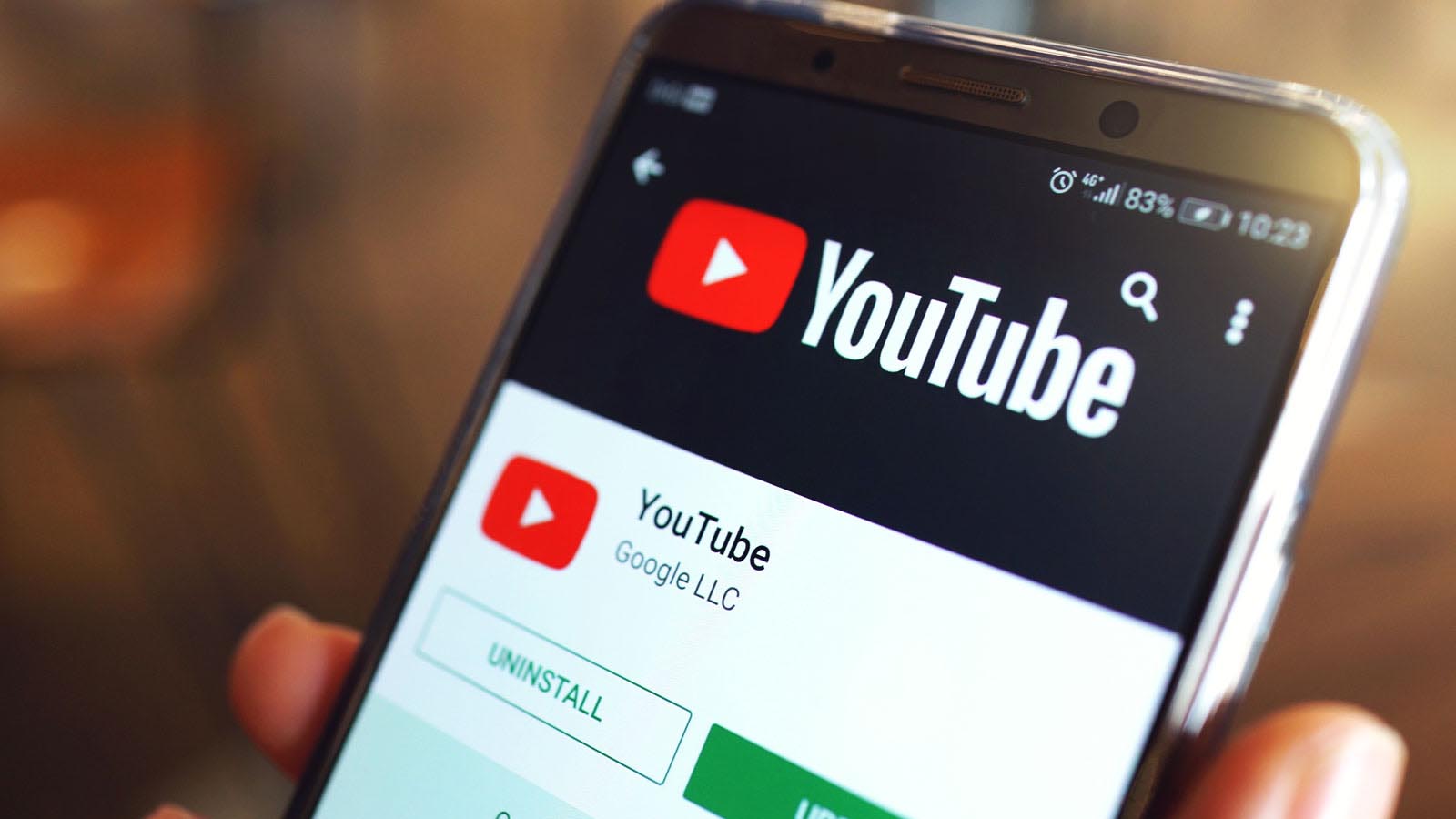Affiliate marketing has become one of the most effective ways to increase revenue and...
Technology
Players from across the globe gather to explore, build, compete, and share in exciting...
Artificial intelligence performs best when information is presented in a clear and organized manner....
Training Excel skills effectively requires a focused approach that combines clear goals with hands-on...
Ecommerce success depends on how quickly and intelligently a business can adapt to customer...
The role of likes in shaping YouTube culture and trends is a significant phenomenon...
Efficient DevOps practices are essential for modern software development, enabling teams to streamline development...
TikTok, the wildly popular short-form video platform, has taken the world by storm since...
There are various determination details when purchasing a new television. The initial judgments will...
If you are interested in learning about Dynamic Link Libraries DLLs in the Microsoft...












